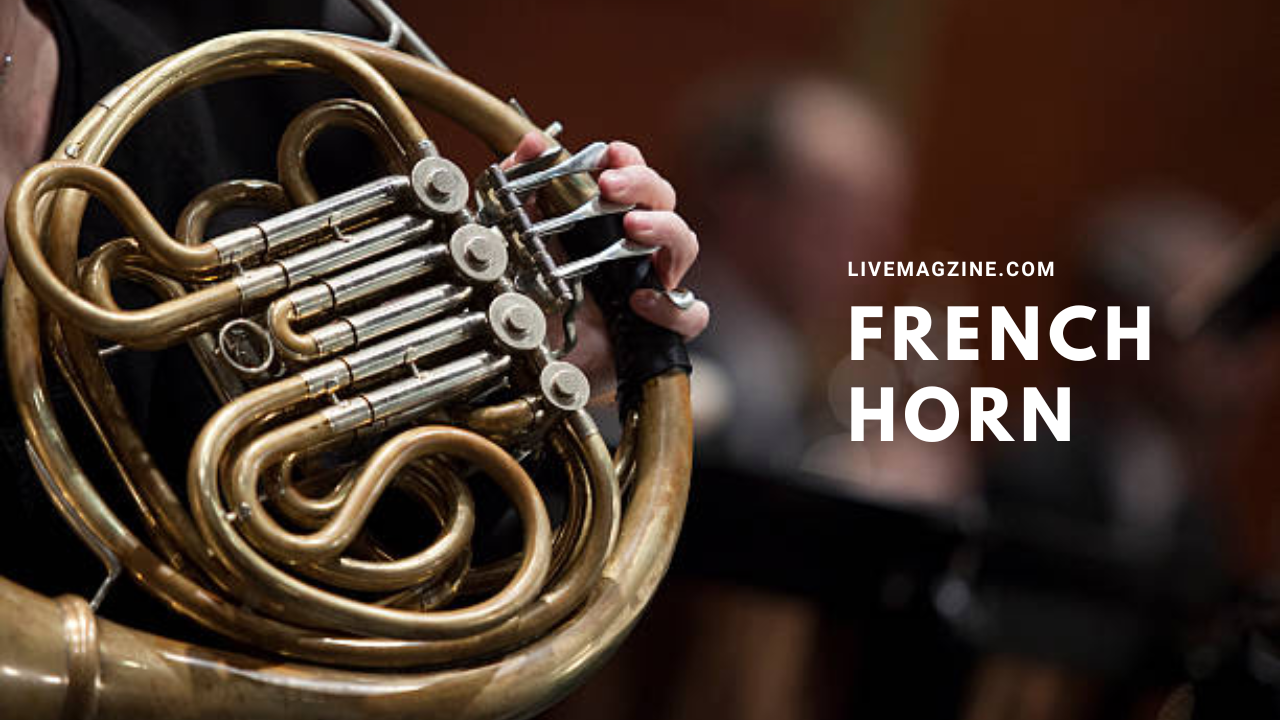
Introduction
The French horn is a brass instrument recognized for its rich, warm tone and extensive variety. It’s a staple in orchestras, concert bands, and even some jazz ensembles. Its unique sound sets it apart from other brass instruments, making it a favorite among musicians and composers alike.
Learning to play the horn can be both challenging and profitable. Its complicated layout and approach mean that learning takes dedication and practice. However, the lovely, versatile tune it produces makes all of the effort profitable.
History of the French Horn
The French horn has a fascinating history that dates back to the horns used in the seventeenth century. These early horns were simple, without valves, and were typically used for signalling during hunts. Over time, they developed into the sophisticated tool we know today.
In the 19th century, the addition of valves revolutionized the horn, allowing gamers to produce a much wider variety of notes with more ease. This innovation made the horn more versatile and famous in various musical genres.
Parts of the French Horn
The horn is made of several vital additives:
- Mouthpiece: Where the participant blows air into the tool.
- Lead Pipe: Connects the mouthpiece to the principal tubing.
- Valves: Used to change the pitch with the aid of changing the period of the tubing.
- Bell: The flared end wherein the sound exits the instrument.
Each component plays an essential function in generating the horn’s function sound. Understanding these components can help gamers better admire the mechanics in the back of the music they create.
How to Play
Playing the French horn requires gaining knowledge of several strategies:
- Embouchure: How a player positions their lips at the mouthpiece. A proper embouchure is critical for producing a clear, firm tone.
- Breath Control: Efficient use of breath is vital for maintaining notes and gambling expressively.
- Hand Position: The proper hand is positioned within the bell to assist in managing the sound and pitch.
Beginners need to start with simple sports to develop their talents before progressing to more complex music. Regular practice and guidance from a knowledgeable instructor can substantially enhance players’ capabilities.
Famous Players
The global horn track has been graced by several outstanding players who have left a lasting impact. English horn player Dennis Brain is regularly hailed as one of the greatest horn virtuosos of the twentieth century. His perfect technique and expressive playing brought the French horn to the forefront of classical music. Another great figure is Hermann Baumann, a German horn player known for his important recordings and performances.
Baumann’s contributions substantially shaped the horn repertoire and inspired many young musicians. On the top stage, Sarah Willis is an excellent French horn player. As a member of the Berlin Philharmonic, her dynamic performances and palatable academic reach made her famous among the horn network. With their immense expertise and willpower, these players have elevated the horn to new heights and inspired countless others to explore the instrument’s rich musical potential.
Different types of French Horns
There are many types of french horns, each with specific functions:
- Single Horn: Usually inside the key of F or B♭, it has one set of pipes and is lighter, making it ideal for beginners.
- Double Horn: Combines F and B♭ French horns into one instrument, offering greater flexibility and range.
- Triple Horn: This adds another set of hoses for even more versatility; however, it is harder and more complex to play.
Each type has blessings, depending on the participant’s talent stage and the musical context.
Tips for Improving French Horn Skills
To improve at the French horn, bear in mind these hints:
- Consistent Practice: Regular practice is critical to growing and maintaining talents.
- Warm-Up Exercises: Start with warm-up sporting events to prepare your embouchure and breath management.
- Listen to Professionals: Listening to recordings of expert horn gamers can offer suggestions and perceptions of specific gambling techniques.
Choosing a French Horn
Choosing the right French horn is a critical choice for any musician, whether a beginner or a sophisticated participant. There are several elements to consider in order to find the right shape. First, the skill level of the participant is essential; beginners can also take advantage of the single horn in F or B♭ due to its lighter weight and less complicated arrangement, although extra advanced players may opt for the versatility of a double or triple horn.
Budgeting also plays a big role, as hornbills can vary widely in fees. It is important to balance price and satisfaction to make the investment worthwhile. Additionally, the brand and craftsmanship of a horn can greatly affect its sound and lifespan.
Fun facts
The French horn can produce over 4 octaves of tone, giving it one of the widest ranges of any brass instrument. Despite its name, the horn was honestly developed in Germany. The circular shape of the horn makes it specific among brass instruments and allows it to produce its special sound. These exciting tidbits allow you to appreciate the horn’s specific place in the global melody.
Conclusion
The French horn is a fantastic device with a rich recording and excellent, versatile sound. Learning to play the horn can be deeply rewarding, whether you are a beginner or an experienced player. With regular practice, proper care and passion for songs, all and sundry can enjoy the special beauty of this amazing instrument.

